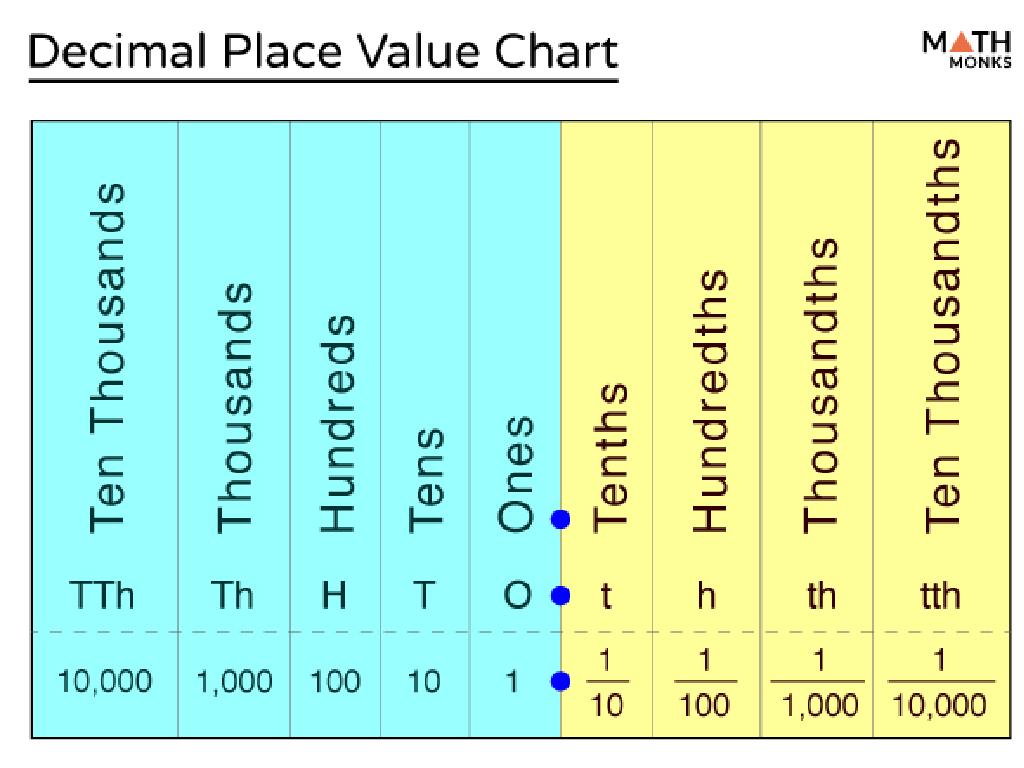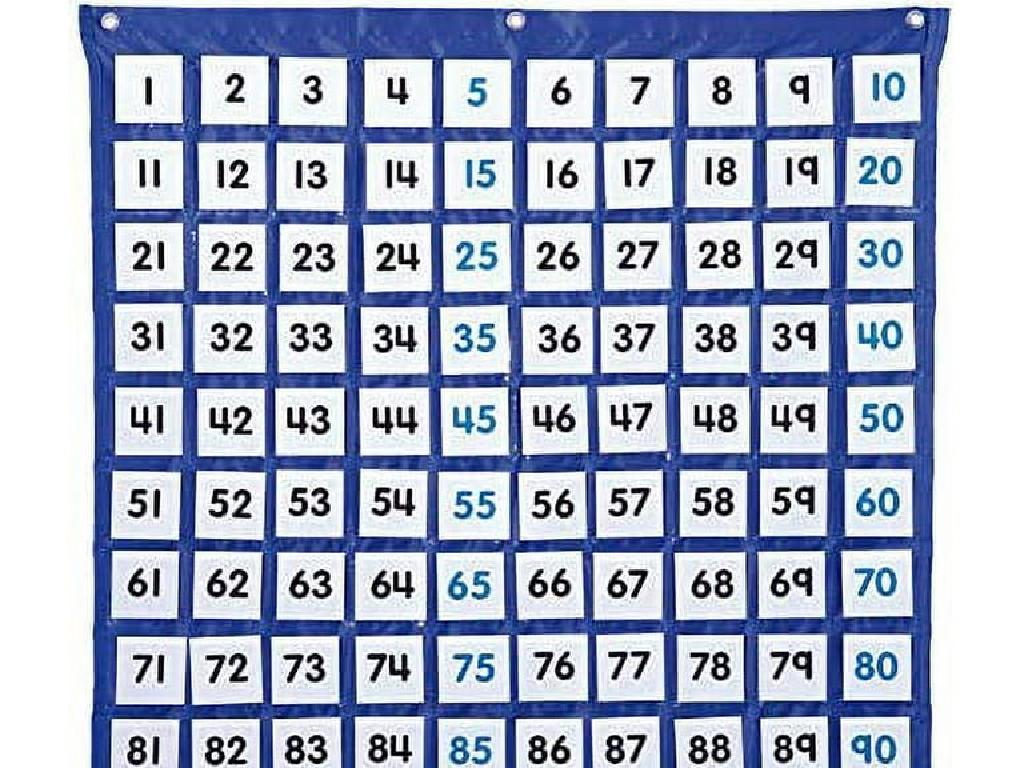The Han Dynasty
Subject: Social studies
Grade: Seventh grade
Topic: Early China
Please LOG IN to download the presentation. Access is available to registered users only.
View More Content
Exploring the Han Dynasty
– Introduction to the Han Dynasty
– A period of cultural and scientific advancement in China
– Timeline of the Han Dynasty
– Ruled from 206 BCE to 220 CE, over four centuries
– Han Dynasty’s historical significance
– Set foundations for Chinese culture, government, and economy
– Han Dynasty’s influence on modern China
– Innovations and policies from this era still impact China today
|
The Han Dynasty is a pivotal era in Chinese history, marking significant cultural, scientific, and technological advancements. It lasted from 206 BCE to 220 CE, following the Qin Dynasty and preceding the Three Kingdoms period. This dynasty is often compared to the Roman Empire in terms of its influence and achievements. It solidified many aspects of Chinese civilization, including the civil service system, cultural arts, and Confucianism as the state philosophy. The Han Dynasty also saw the expansion of the Silk Road, which facilitated trade and cultural exchange with other civilizations. When discussing the Han Dynasty’s significance, emphasize its lasting impact on Chinese society, culture, and politics, which are still evident in modern China. Encourage students to think about how historical dynasties can shape the future of a country.
The Rise of the Han Dynasty
– Foundation of the Han Dynasty
– Established after the fall of the Qin Dynasty
– Emperor Liu Bang’s role
– Liu Bang, the first emperor, played a crucial role in shaping the dynasty
– Transition from Qin to Han
– The Han Dynasty emerged from the chaos following the Qin Dynasty’s collapse
– Significance of the Han Dynasty
|
The Han Dynasty was founded in 202 BCE after the fall of the Qin Dynasty, marking a significant change in China’s history. Emperor Liu Bang, also known as Emperor Gaozu, was a pivotal figure in the dynasty’s establishment. He was known for his moderate and benevolent rule compared to the harsh legalism of the Qin era. The transition from the Qin to the Han Dynasty involved a period of civil war and unrest, but ultimately led to a flourishing era for China. The Han Dynasty is significant for its long-lasting impact on Chinese civilization, including advances in technology, culture, and government. It’s important for students to understand the context of this transition and the lasting legacy of the Han Dynasty.
Achievements of the Han Dynasty
– Expansion of trade via Silk Road
– A network connecting Asia with Africa and Europe, facilitating exchange of goods and ideas
– Flourishing of culture: literature, art, philosophy
– Confucian texts, poetry, paintings, and the development of Daoism and Buddhism
– Innovations: papermaking, seismograph
– Invention of paper revolutionized record-keeping, and the seismograph detected earthquakes
– Impact on modern civilization
|
The Han Dynasty was a period of great achievement in China’s history. The Silk Road was crucial for trade, allowing silk, spices, and other goods to travel between continents. Cultural developments included significant contributions to literature, such as Confucian texts, art, and the growth of philosophical thought with Daoism and Buddhism. Technological innovations had lasting impacts, with papermaking vastly improving the spread of knowledge and the seismograph showing the advanced understanding of natural phenomena. These achievements have had a profound influence on both ancient and modern civilizations, setting the stage for future developments in trade, culture, and technology.
Daily Life in the Han Dynasty
– Hierarchical social structure
– Emperors at the top, followed by nobles, and majority were peasants
– Agriculture-driven economy
– Farming was key; crops like rice and silk supported trade
– Family life central to society
– Families were patriarchal with respect for elders
– Confucian values influence
– Confucianism emphasized order, harmony, and respect for hierarchy
|
This slide aims to give students a glimpse into the daily life during the Han Dynasty, emphasizing the social structure, economy, family life, and prevailing values. The social hierarchy was strictly followed with the emperor at the apex, nobles beneath him, and peasants forming the base. The economy was primarily agricultural, with rice cultivation and silk production being vital for both sustenance and trade. Family life was influenced by Confucian values, which placed the family at the center of society and stressed the importance of filial piety and respect for one’s elders. Confucianism also played a significant role in shaping the societal norms and behaviors, promoting social harmony and adherence to the established hierarchy. Encourage students to compare and contrast these aspects with modern society and reflect on the influence of ancient traditions on contemporary culture.
The Fall of the Han Dynasty
– Internal struggles within the court
– Power conflicts and corruption weakened the government
– Eunuchs’ influence on politics
– Eunuchs gained power, leading to further instability
– Nomadic invasions’ impact
– Attacks by nomadic tribes pressured the dynasty
– Emergence of the Three Kingdoms
– China divided into Wei, Shu, and Wu kingdoms
|
This slide discusses the decline of the Han Dynasty, which was due to a combination of internal and external factors. Internally, the Han court was rife with power struggles and corruption, particularly involving the eunuchs, who were initially palace servants but grew to have significant influence over imperial affairs. Externally, the dynasty faced invasions from nomadic tribes, which added to the strain on the empire. The culmination of these issues led to the fragmentation of the dynasty and the start of the Three Kingdoms Period, a time of division and civil war where China was split into three separate states: Wei, Shu, and Wu. This period is renowned for its military strategies and political intrigue, as well as its cultural advancements.
The Legacy of the Han Dynasty
– Lasting impacts on China
– Set foundations for future dynasties
– Influence on government
– Standardized coins, weights, and measures
– Cultural advancements
– Innovations like paper and the Silk Road
– Comparisons with other empires
– Han vs. Roman Empire: similarities and differences
|
The Han Dynasty left a profound legacy that shaped the future of Chinese civilization. It laid the groundwork for government structure, bureaucracy, and legalism that influenced subsequent dynasties. The Han standardized currency and measurements, which facilitated trade and economic stability. Culturally, the Han Dynasty saw significant advancements with the invention of paper and the establishment of the Silk Road, which expanded China’s influence globally. When comparing the Han Dynasty to contemporary empires like Rome, students can explore the similarities in structure and governance, as well as the unique characteristics that set them apart. Encourage students to think critically about how the achievements of the Han Dynasty continue to impact modern China and the world.
Class Activity: Han Dynasty Timeline
– Create a timeline using notes
– Highlight major events and achievements
– Consider the Silk Road establishment or the invention of paper
– Include significant figures in the dynasty
– Emperors like Liu Bang and Wudi should be noted
– Prepare to present your timeline
|
This activity is designed to help students actively engage with the history of the Han Dynasty by creating a visual representation of its timeline. Encourage them to use their notes to identify key events, such as the rise and fall of emperors, advancements in technology, and cultural milestones. Remind them to consider the broader impact of these events on the course of Chinese history and the world. Provide examples of significant figures to include, like the first emperor Liu Bang, and Emperor Wudi, who expanded the empire. Students should be ready to explain the importance of each event or figure on their timeline. For the presentation, they can practice public speaking skills and learn how to concisely convey historical information. Offer support by providing a list of events and figures they may include, and remind them to explain why each is important.






